Other
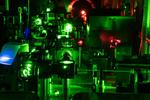
“The unusual nuclear physics phenomenon, first discovered at CERN’s ISOLDE facility 50 years ago, had until now been seen only in mercury isotopes. Alternating from spheres to rugby balls is no longer the sole preserve of mercury isotopes, an …

“In a significant technological advance for antimatter research, the BASE (Baryon Antibaryon Symmetry Experiment) collaboration has used laser-cooled ions to cool a proton more quickly and to lower temperatures than is possible using existing methods. The new technique, which introduces …
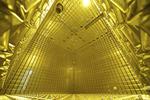
“The Laboratory deepens its collaboration with the US-based neutrino experiment with the provision of two enormous stainless-steel vessels for DUNE’s cutting-edge liquid-argon detectors Neutrinos are tricky beasts. Alone among known fundamental particles, they suffer from an identity crisis …
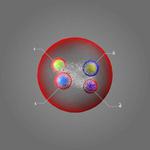
“Discovery of a new exotic hadron containing two charm quarks and an up and a down antiquark. Today, the LHCb experiment at CERN is presenting a new discovery at the European Physical Society Conference on High Energy Physics (EPS-HEP …
“From their beginnings at CERN half a century ago, writes Chris Damerell, silicon pixel detectors for particle tracking have blossomed into a vast array of beautiful creations that have driven numerous discoveries, with no signs of the advances slowing down …
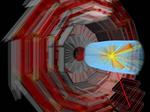
“Count all the known kinds of particles in the universe. Now double it. This is the promise of a family of theoretical models known as Supersymmetry, or SUSY for short. The notion of theories predicting a doubling of observed particles …

“The LHCb collaboration has added four new exotic particles to the growing list of hadrons discovered so far at the LHC. In a paper posted to the arXiv preprint server yesterday the collaboration reports the observation of two tetraquarks with …
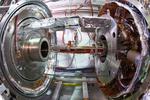
“The AEgIS collaboration at CERN’s Antiproton Decelerator (AD) has reported a milestone in its bid to measure the gravitational free-fall of antimatter – a fundamental test of the weak equivalence principle. Using a series of techniques developed in 2018, the …

“The bounds are some of the tightest yet on the existence of third-generation leptoquarks At the most fundamental level, matter is made up of two types of particles: leptons, such as the electron, and quarks, which combine to form protons …

“The BASE collaboration is developing a transportable antiproton trap to make higher-precision measurements of the properties of antimatter The BASE collaboration at CERN has bagged more than one first in antimatter research. For example, it made the first ever more …
